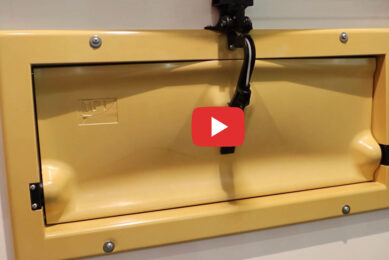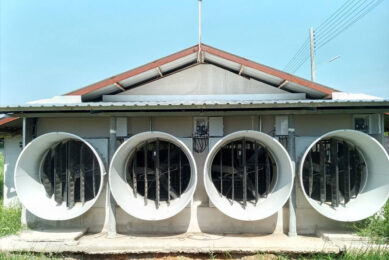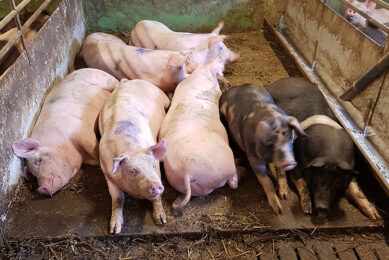Modern ventilation – an overview

I conclude this series on the complexities of effective and economic powered ventilation with some comments and suggestions, having attempted to get things right on clients’ farms across more than 40 years.
- There are at least 12 viable and quite different methods of power-ventilating a piggery. All of them are quite satisfactory if the producer understands and puts into practice the ground rules. Of course there are differences in installation and operating costs. How these can be set against one another I have covered in the series.
- I am often asked which one is the best system. There isn’t one – the best system is the correct one for your circumstances. It is getting the sums right for your building which counts.
- Ventilation is virtually all mathematics. In exactly the same way as is correct nutrition – which depends on the right nutrient daily intake to achieve both physical and economic production targets. Fortunately the calculations involved in correct ventilation are simpler as they are based on the laws of physics which are immutable, while the nutritional inputs can be variable due to the variablility of nutrient raw materials. Both need careful and ongoing measurement but ventilation depends on measuring and monitor-ing things.
- Many of my callouts on ventilation have been due to sums not being correct at some stage, either at commissioning/ installation or by operational errors. Sometimes solutions are easy to recognise.
- The cost of rectification is often a hurdle. Not so much the equipment and monitoring facilities, or even the cost of energy needed to get things running better, but the way the pigs are farmed and managed. It may be necessary to thin the pigs down in spatial terms, move them to a different ground plan layout or rearrange the ‘social aspects’ of feeding, drinking and elimination – alterations have been better, cheaper and more practicable than making costly changes to the ventilation pattern. Ventilation engineers are very good at what they do but can be adrift on such solutions. Solutions are not too onerous in cold or hot-dry/ hot-wet climates, but can be either expensive or impractical in those pig areas which have very cold winters and hot summers, when two ventilation systems are needed for the correct sums to cope with the wide thermal or diurnal differences. With experience these have not been as expensive as they sound, although convincing the client is not easy.
- One example of this reluctance is in North America to house grouped sows in straw yards and/or use CWF (Computerised Wet Feeding). Both are viable managemental revolutions in Europe with more ‘bolt- on’ advantages to come.
- Getting help with ventilation is a real problem because there are so few trained ventilation engineers with a sufficient depth of experience. Enough certainly for turn-key ventilation with new custom-designed buildings, but there must be hundreds of thousands of farms with older or altered systems which need independent or specialised, not ‘off-the-peg’, advice. Because of what I call ‘invidious’ ventilation drawbacks of lower growth and raised food conversion, even though disease is not a factor and the pigs look healthy enough, they are nowhere near achieving the performance which modern genetics have supplied, and which the producer has paid for. I have many before-and-after results which reveal an improvement in meat per tonne of food needed (MTF) of as much as 28 kg, which at present high feed costs imposes a raised food cost of 35%. And solely due to rectifying inefficient (too much or too little) ventilation. On these figures the independent ventilation engineer who can get things right should be in as much demand as the specialist pig veterinarian, instead of some 30 times less common. In many pig industries there are none at all.
- So why are there so few ventilationists? Demand and supply! If pig farmers don’t appreciate what they can do for them then they won’t get asked for. So why don’t they ask for them? Answer – because so many farmers don’t realise how much invidious ventilation is costing them, mainly because they are not measuring things often or regularly enough. There is much room for education here – agricultural colleges and advisory sources – please note!
[Source: Pig Progress magazine Vol 30 nr 3, 2014 – ‘What the textbooks don’t tell you about…’ series]











